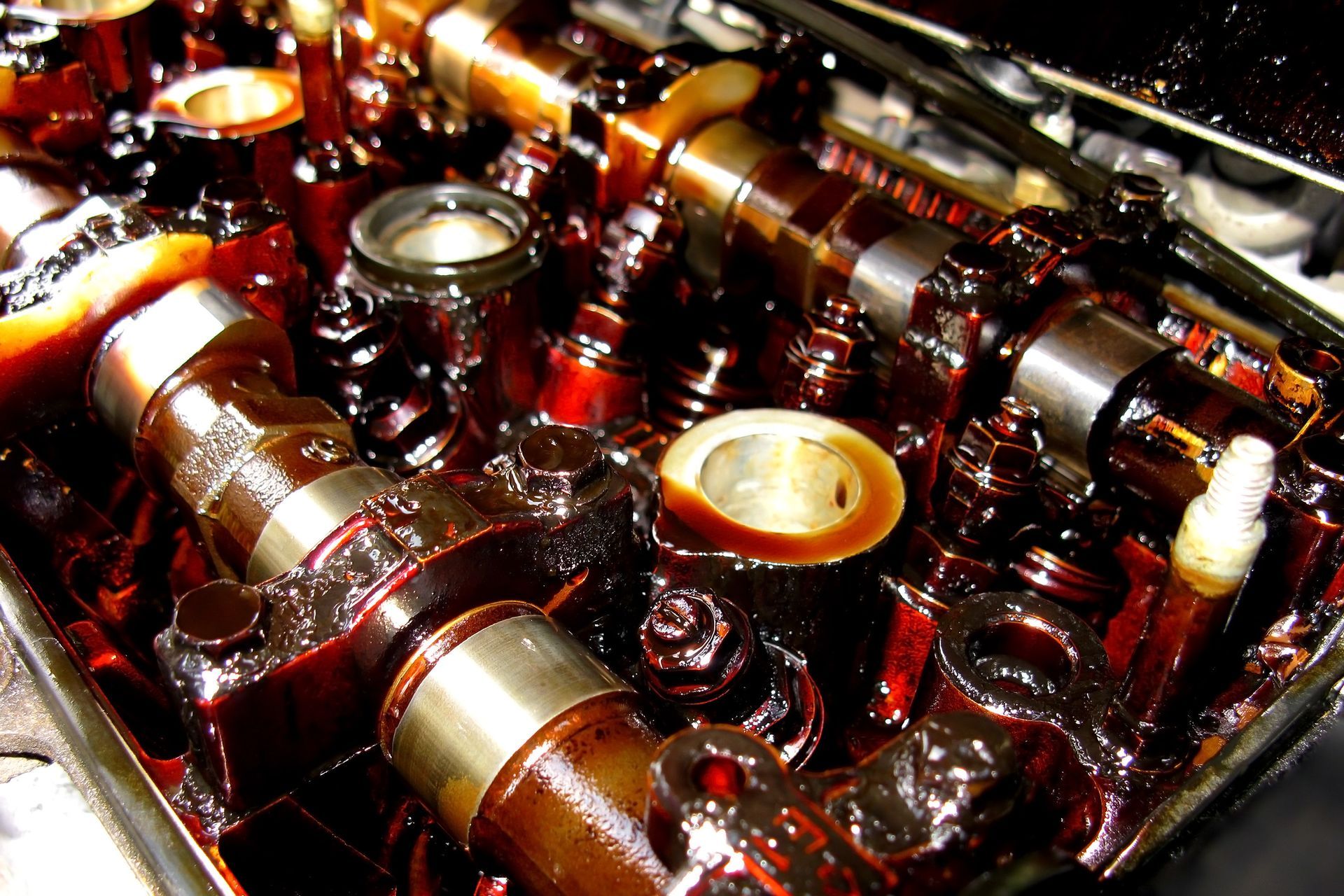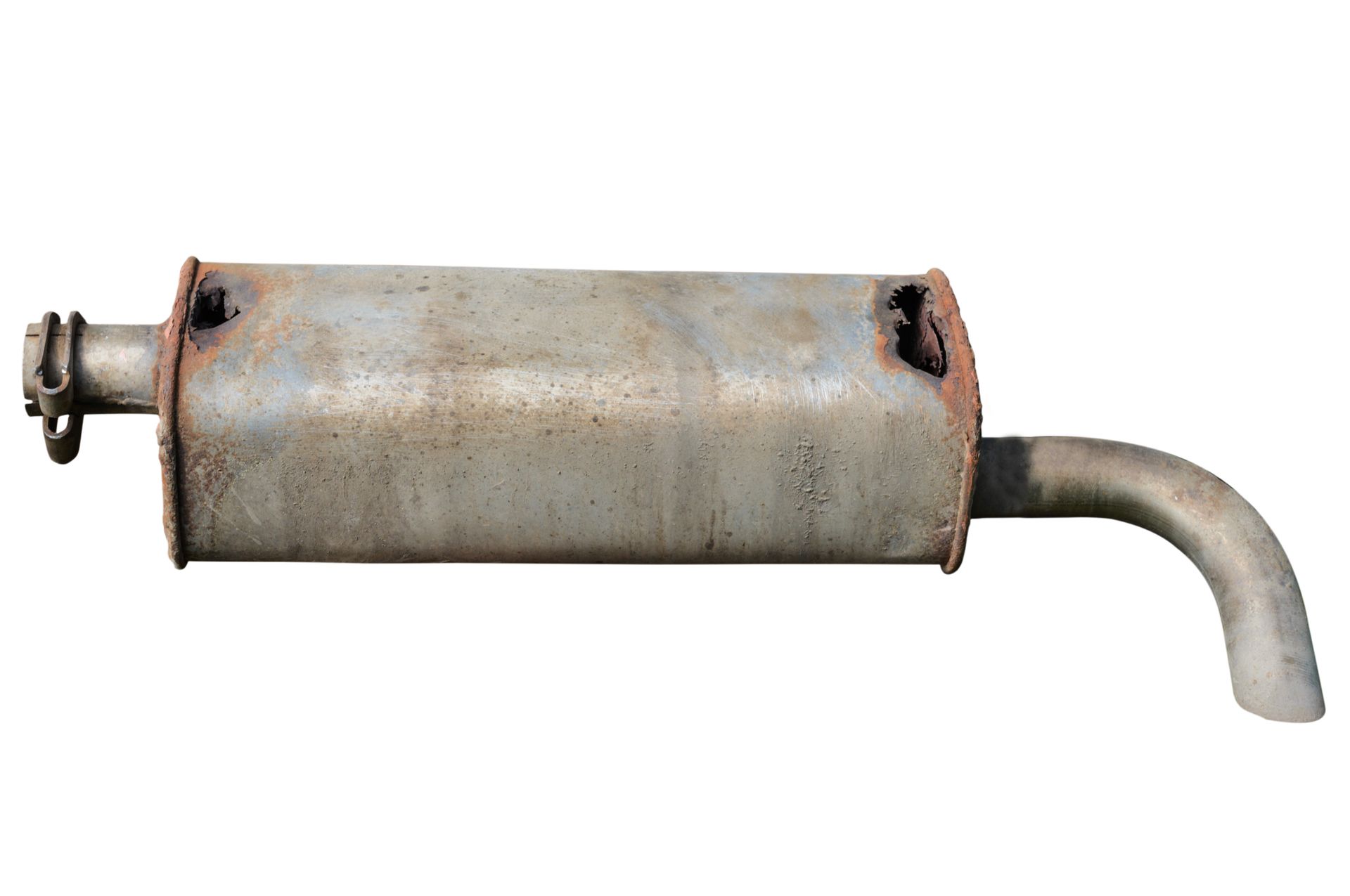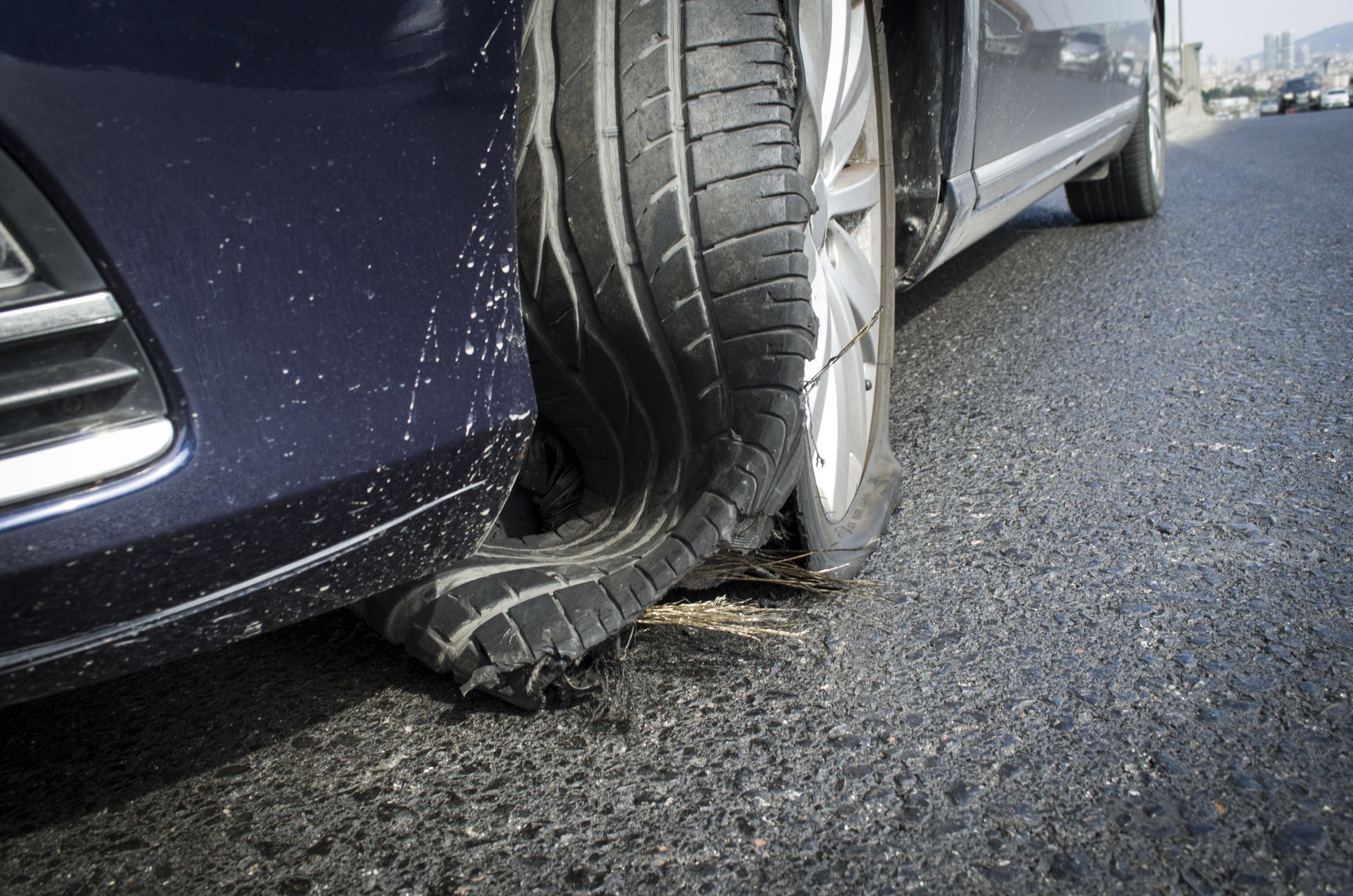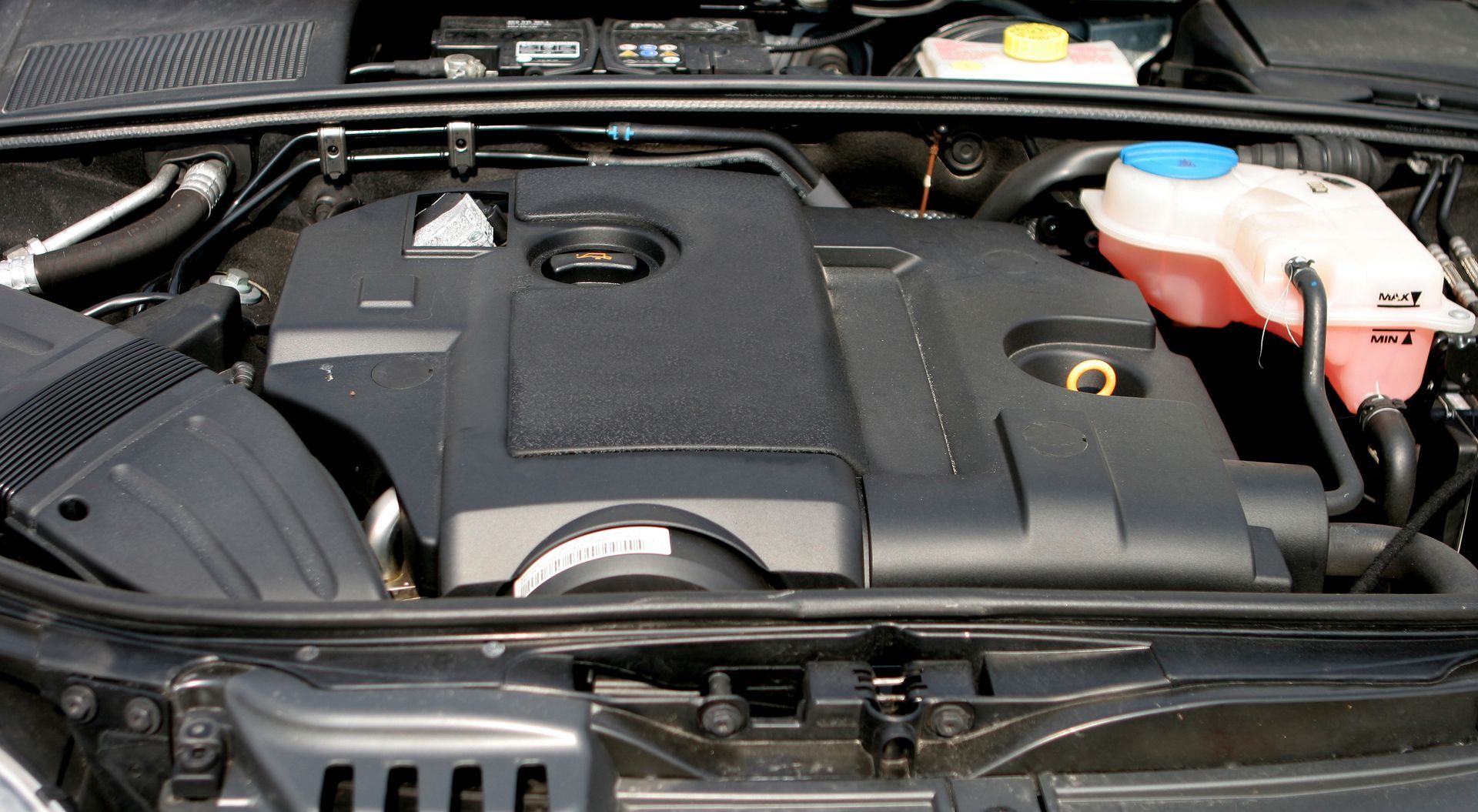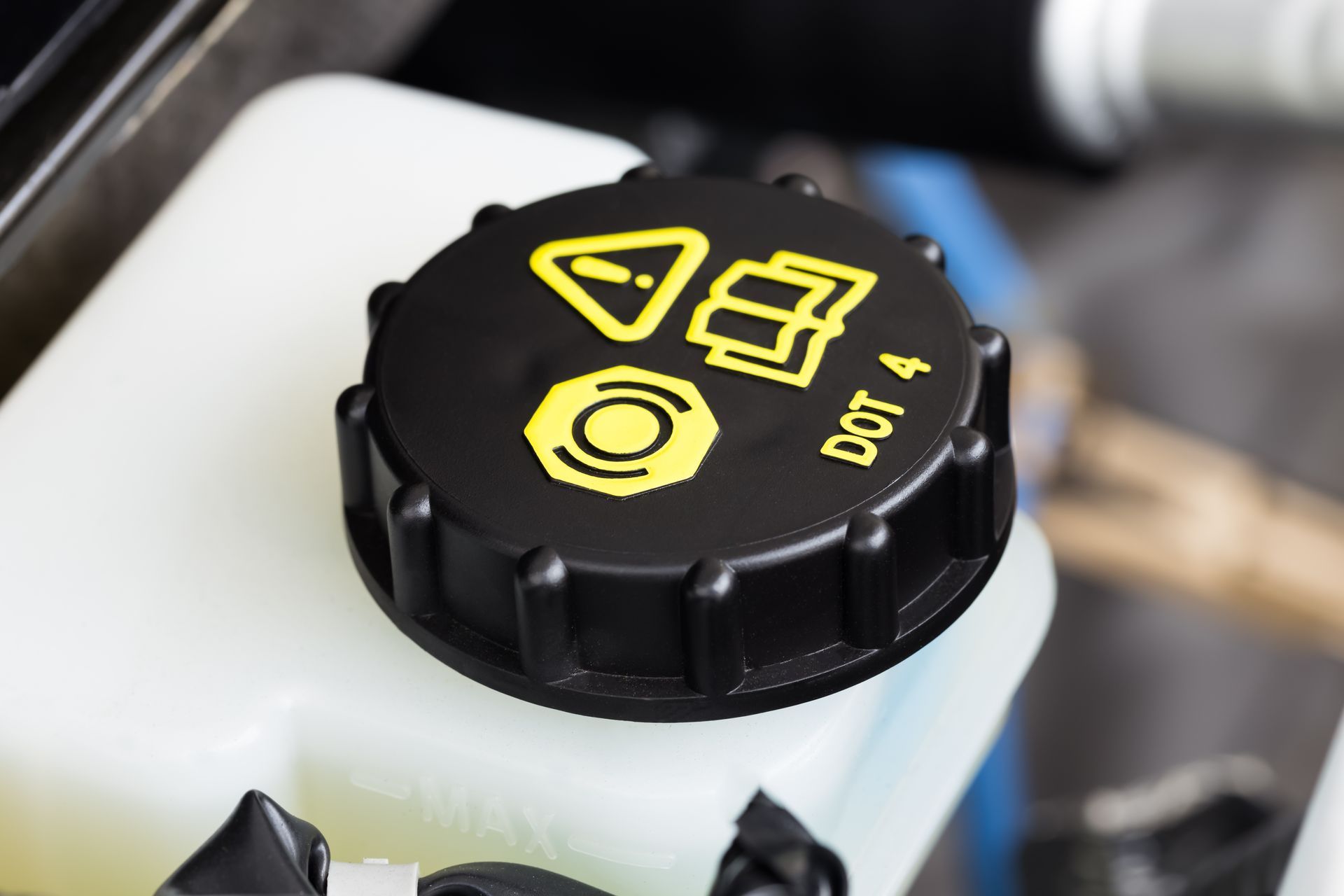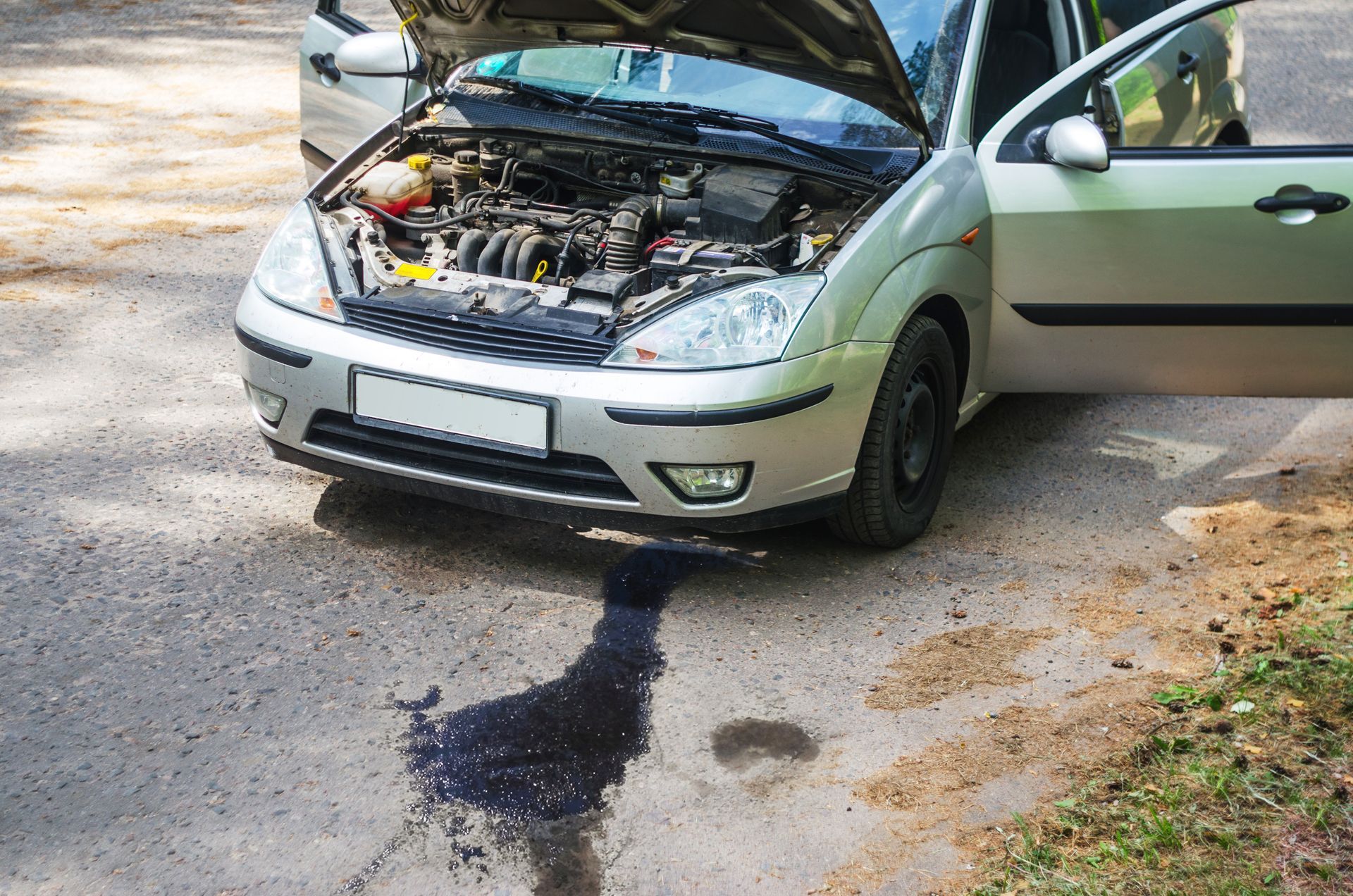Subarus are widely loved for their reliability, rugged design, and all-weather performance. But like any vehicle, they aren’t immune to wear and tear or recurring issues. If you drive a Subaru, understanding some of its common problems can help you spot trouble early and keep your car running. Let’s explore five typical Subaru issues and how to tackle them effectively.
1. Head Gasket Failures
Head gasket failure is one of the most well-known problems with Subarus, particularly older models. This issue often occurs in vehicles with high mileage and can lead to engine overheating, coolant leaks, or even oil mixing with coolant. If you notice white smoke from the exhaust, a strong smell of burning oil, or an overheating engine, it’s time to investigate the head gasket.
Addressing this issue involves replacing the damaged gasket and, in some cases, resurfacing the cylinder head. Regular maintenance and checking coolant levels can help reduce the likelihood of this costly repair.
2. Excessive Oil Consumption
Certain Subaru models, particularly those with a 2.5L engine, are prone to burning oil. You might notice the oil level dropping more frequently than expected, requiring constant top-ups. Left unaddressed, low oil levels can lead to severe engine damage.
The solution usually lies in replacing the piston rings or switching to a higher-quality oil. Keeping a close eye on your oil levels and scheduling regular oil changes can help you stay ahead of this issue.
3. CVT Transmission Troubles
Subaru’s Continuously Variable Transmission (CVT) offers smooth acceleration and improved fuel efficiency, but it’s not without its faults. Drivers sometimes report hesitation, shuddering, or even transmission failure. In severe cases, repairs can be expensive.
Regular transmission fluid changes and addressing issues as soon as they arise can prolong the life of your CVT. If you’re experiencing any unusual sensations while driving, have a trusted technician assess the transmission system.
4. Faulty Oxygen Sensors
Another common problem in Subarus is a failing oxygen sensor. This component monitors the air-fuel mixture in your engine to optimize performance and reduce emissions. When the sensor fails, you might see a drop in fuel efficiency or a persistent check engine light.
Replacing the oxygen sensor is typically a straightforward fix. Periodic inspections during regular service visits can help identify sensor issues before they affect your vehicle’s performance.
5. Suspension and Steering Wear
Subarus, particularly those used for off-road adventures or in rugged conditions, may develop issues with their suspension and steering components. Worn-out bushings, ball joints, or control arms can lead to uneven tire wear, vibrations, or difficulty steering.
To prevent these problems, inspect your suspension system regularly and replace worn components as needed. Proper alignment and balanced tires also contribute to smoother handling and a more comfortable ride.
Preventive Maintenance Is Key
The good news is that many of these issues can be minimized or even avoided with routine maintenance. Staying proactive about your Subaru’s care not only extends its lifespan but also ensures it performs reliably through every journey.
Keep your Subaru in top shape with expert care from
JC Motors in Tualatin, OR. Call us today to schedule maintenance or repairs tailored to your needs!


